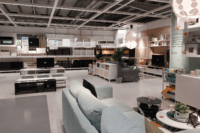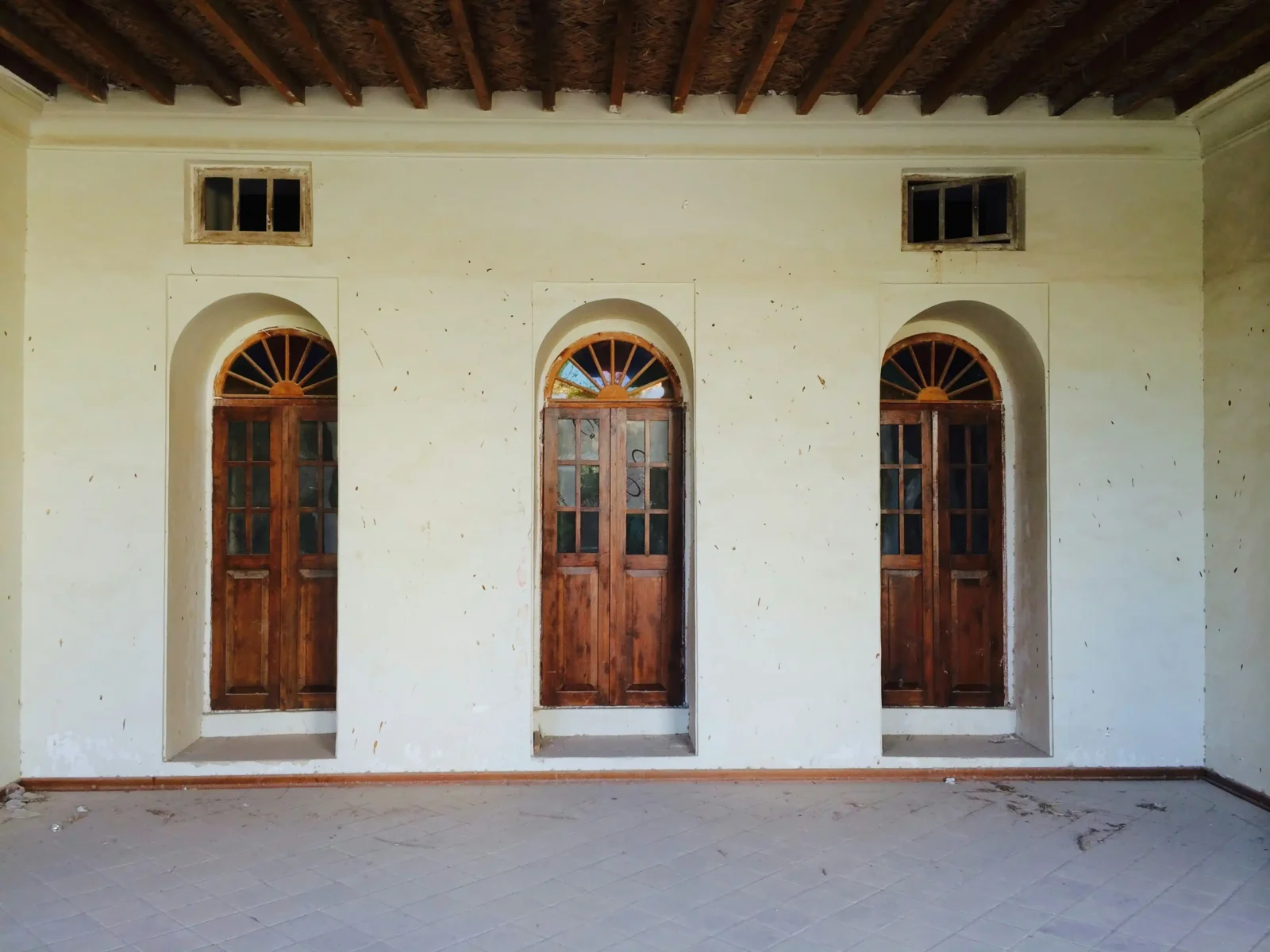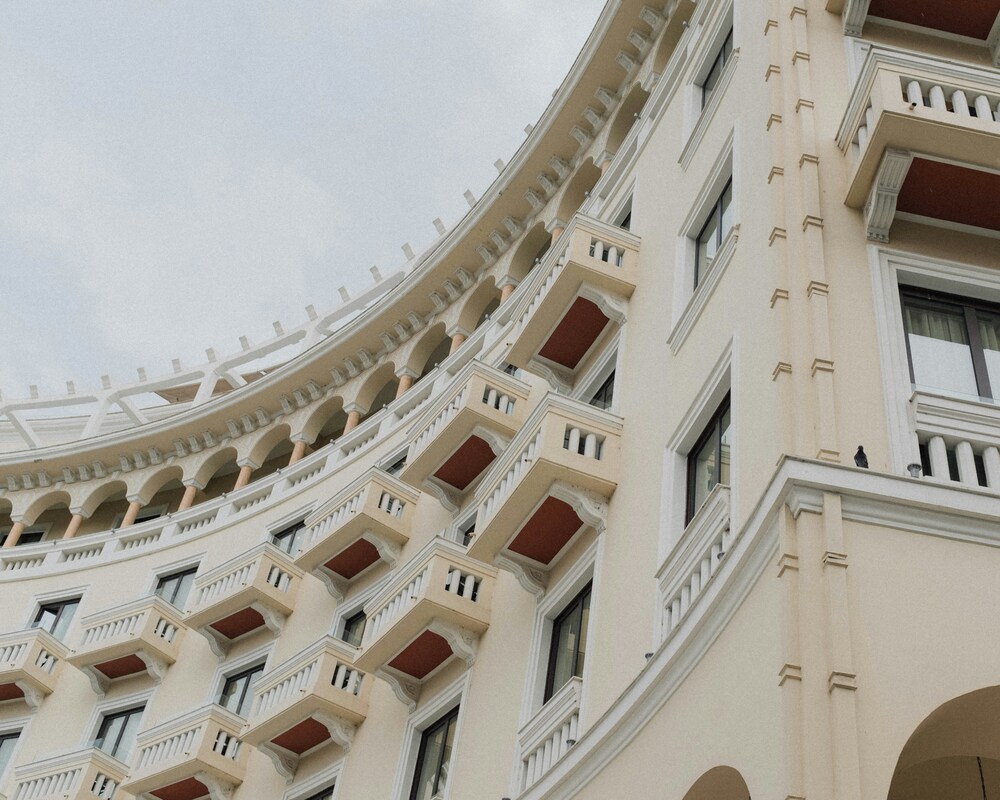- Home
- Articles
- Architectural Portfolio
- Architectral Presentation
- Inspirational Stories
- Architecture News
- Visualization
- BIM Industry
- Facade Design
- Parametric Design
- Career
- Landscape Architecture
- Construction
- Artificial Intelligence
- Sketching
- Design Softwares
- Diagrams
- Writing
- Architectural Tips
- Sustainability
- Courses
- Concept
- Technology
- History & Heritage
- Future of Architecture
- Guides & How-To
- Art & Culture
- Projects
- Interior Design
- Competitions
- Jobs
- Store
- Tools
- More
- Home
- Articles
- Architectural Portfolio
- Architectral Presentation
- Inspirational Stories
- Architecture News
- Visualization
- BIM Industry
- Facade Design
- Parametric Design
- Career
- Landscape Architecture
- Construction
- Artificial Intelligence
- Sketching
- Design Softwares
- Diagrams
- Writing
- Architectural Tips
- Sustainability
- Courses
- Concept
- Technology
- History & Heritage
- Future of Architecture
- Guides & How-To
- Art & Culture
- Projects
- Interior Design
- Competitions
- Jobs
- Store
- Tools
- More

Imagine walking into a room where colors and forms dance on the walls, creating a sense of energy and movement.
Doesn’t it make you feel alive?
Abstract art can transform your home into a dynamic and engaging space, sparking creativity and conversation among all who enter.
Table of Contents
ToggleIntroduction to Abstract Art
Abstract art, free from the traditional constraints of realistic depiction, allows artists to explore forms, colors, and textures in a limitless fashion. This genre evokes emotions and thoughts by presenting a visual language unique to each piece, offering viewers a deeply personal and interpretive experience.
A Brief History of Abstract Art
Abstract art emerged at the dawn of the 20th century, challenging conventional aesthetics. Pioneers like Wassily Kandinsky embraced abstraction to delve into spiritual and emotional dimensions.

By the 1910s, artists were already moving away from representational art to emphasize shapes, colors, and forms. This shift paved the way for various movements, including Abstract Expressionism.
Modern abstract art has continuously evolved, merging diverse influences and techniques. Whether it’s the bold strokes of Jackson Pollock or the geometric precision of Piet Mondrian, abstract art offers a timeless, transformative impact on contemporary interiors.
Benefits of Incorporating Abstract Art in Home Decor
Looking to elevate your home’s ambiance and inject some personality?
Here’s why abstract art should be on your radar:
- Injects Dynamism and Intrigue: Liven up your space with the bold colors, shapes, and compositions of abstract art. It adds a unique layer of visual interest to your walls.
- Expresses Your Personality: Abstract art allows you to showcase your taste and individuality by choosing pieces that resonate with you.
- Creates a Focal Point and Harmony: A well-selected piece can become the centerpiece of your room, unifying various design elements and fostering a sense of balance.
- Versatile for Any Style: Abstract art transcends specific styles. Whether your home is modern, minimalist, or cozy eclectic, there’s an abstract piece to complement your existing decor.
- Sparks Conversation: These thought-provoking pieces become conversation starters, enriching the social experience in your home.
- Boosts Creativity and Focus: Abstract art’s open-ended nature can stimulate your imagination and focus, creating a space conducive to creative thinking.
- Reduces Stress and Enhances Mood: Studies suggest that abstract art can evoke positive emotions and promote relaxation, making your home a haven of tranquility.
Choosing the Right Abstract Art for Your Space
Selecting the perfect abstract art for your home involves considering factors like the color scheme, room function, and existing décor. Abstract art can serve as a focal point, contrasting or complementing your interior design.
Understanding your personal tastes and the mood you want to evoke will help you make an informed choice, enhancing both aesthetics and ambiance.
Considering Color Schemes
Choosing the right color scheme for your abstract art can enhance your home’s aesthetic and mood.
Here’s how to approach color selection:
- Complement Existing Décor: Select colors that complement your current furniture and wall colors.
- Create Contrast: Use bold colors to create a striking contrast and make the artwork the focal point.
- Establish Harmony: Opt for analogous colors to ensure a harmonious and cohesive look.
- Reflect Mood: Choose colors based on the mood you want to evoke—calm blues, energetic reds, etc.
Matching Styles with Room Themes
For a minimalist room, opt for simplistic abstract pieces with clean lines and muted tones. These artworks can add a touch of sophistication without overwhelming the space.
If your room embraces a vibrant, bohemian style, vivid, dynamic abstracts can serve as a perfect match. Bold patterns, rich textures, and a mix of bright hues can enhance the eclectic vibe, making the room feel lively and energetic.
Transitional styles benefit from abstract art that bridges classic and contemporary elements, making it easier to create a cohesive yet sophisticated look. Pieces incorporating traditional motifs with a modern twist can seamlessly blend with antique and modern furnishings.
Sizing and Placement Tips
Finding the perfect spot for your abstract art is key!
Here are some tips:
- Consider space: Large art for open areas, smaller pieces for hallways or galleries.
- Eye level is key: Artwork should be easily viewable without straining.
- Gallery height: For a professional touch, position the center of the piece 57 to 60 inches from the floor.
- Think beyond the wall: Abstract art can be displayed on shelves, mantels, or even the floor.
- Lighting matters: Experiment with different lighting arrangements to highlight the artwork’s depth and texture.
Tips for Buying Abstract Art
When buying abstract art, start by defining your budget and understanding the spatial context of where the artwork will be displayed. Researching artists, galleries, and online marketplaces can provide valuable insights into pricing, styles, and trends. Also, consider the emotional and aesthetic impact of the piece.
Choose art that resonates with your personal taste and complements your existing décor.
Understanding Prices and Value
Abstract art prices can vary widely, influenced by factors like the artist’s reputation, the piece’s size, and the medium used. Understanding value is essential for making informed decisions.
Emerging artists typically offer works at more accessible price points. However, established artists may command higher prices, reflecting their career achievements and market demand. Limited edition prints or unique originals can also affect pricing dynamics.
Canvas size is another determinant; a larger canvas often means a higher cost due to materials and the artist’s time invested.
Buying Art Online
Whether you’re looking for an abstract painting or a classic landscape, reputable websites offer detailed information about the art, ensuring transparency. These platforms often include background information on the artist, high-resolution images, and secure payment options.
Take advantage of virtual viewing rooms or augmented reality features to visualize how the piece will look in your space. Reading reviews and joining online art communities can also provide valuable insights and recommendations, ensuring you make a well-informed decision.
DIY Abstract Art Projects
Creating your own abstract art can be a fulfilling way to personalize your space. With simple materials like canvas, paint, and brushes, you can produce striking, one-of-a-kind pieces that reflect your individual style.
To get started, think about the color palette and mood you want to achieve (e.g., soothing blues for a calming effect or vibrant reds for energy). Online tutorials and workshops can offer step-by-step guidance, and experimenting with different techniques will unleash your creativity.
Always remember that abstract art is about expression and not perfection, so allow yourself the freedom to explore.

Easy Techniques for Beginners
Feeling intimidated by abstract art? Don’t worry!
Here’s a list of beginner-friendly techniques:
- Play with Shapes: Focus on basic shapes and forms. Use painter’s tape to outline geometric patterns for clean lines.
- Explore Color Interaction: Experiment with overlapping colors to see how they blend. Start with just a few complementary colors for a cohesive look.
- Build Layers for Depth: Add layers gradually, letting each dry completely before adding the next. This creates depth and texture.
- Unleash Creativity with Tools: Use everyday objects like sponges, credit cards, or even forks dipped in paint to create unique textures and patterns.
- Embrace the Pouring Technique: Mix paint with a pouring medium and let it flow over the canvas for organic, fluid shapes. This exciting technique allows you to focus on color and movement without detailed brushwork.
Using Everyday Materials
Abstract art can be incredibly versatile, especially when you incorporate everyday materials into the creative process. Rather than relying solely on traditional art supplies, think outside the box and explore the potential of household items.
For example, you might use bubble wrap to add texture. This technique involves pressing bubble wrap dipped in paint onto your canvas, creating a series of interesting, repeated patterns. Similarly, a kitchen sponge can generate unique textures that add depth and dimension to your artwork.
Cardboard or plastic combs can also be transformed into tools for making unique marks. The possibilities are endless: old credit cards can be utilized to scrape paint across the canvas, adding linear movement, while forks can introduce intricate, rhythmic patterns.
Custom Art by Numbers
In 2016, creative artisans developed this concept to make the artistic process accessible, democratizing art creation. It simplified art-making, encouraging enthusiasts to unveil their hidden talents. If you’re intrigued by this approach, you might also want to explore options to buy paint by number custom kits, which allow for even more personalization.
So, it’s not just about filling colors within predefined sections; it’s about the satisfaction of seeing your masterpiece come to life, stroke by stroke, inch by inch. This approach offers an engaging, hands-on experience. Custom Art by Numbers seamlessly combines creativity and instruction, making it an inviting option.
Inspiring Ways to Use Abstract Art in Different Rooms
Abstract art’s versatility allows it to elevate the atmosphere of any space in your home.
Here’s how to bring the unique charm of abstract art to different rooms:
- Living Room: Create a sophisticated focal point by incorporating a striking abstract piece that sets the tone for the entire space.
- Bedroom: Invite relaxation and tranquility with calming abstract art in your bedroom.
- Dining Area: Liven up your dining experience with a vibrant abstract piece that sparks conversation and adds a pop of color.
- Home Office/Reading Nook: Enhance personal spaces with abstract art that reflects your individuality and creativity. Choose invigorating pieces that inspire you.
Conclusion
Incorporating abstract art into your home can significantly elevate its aesthetic appeal. This infusion of creativity transforms ordinary spaces into extraordinary ones.
You create a unique and engaging environment tailored to your tastes by carefully selecting and placing abstract pieces. Whether you’re aiming for tranquility, vibrancy, or inspiration, abstract art offers boundless possibilities to redefine your living spaces and enrich your daily life.
illustrarch is your daily dose of architecture. Leading community designed for all lovers of illustration and #drawing.
Submit your architectural projects
Follow these steps for submission your project. Submission FormLatest Posts
Exterior & Interior Remodeling Tips Every Homeowner Should Consider
Home upgrades reshape comfort, improve function, and strengthen long-term property value. Whether...
Top 8 Luxury Vacation Rentals Features Guests Love Most
A luxury vacation rental offers an entirely different experience than a typical...
Why Local Expertise Matters: Choosing the Right Plumbers in Townsville
Why Local Expertise Matters: Choosing the Right Plumbers in Townsville When it...
Bathroom Remodel ROI: How to Add $15–30K to Your Home Value in 2025-2026
Outdated bathrooms can drag a listing 20-30% longer on the market. Buyers...












Leave a comment